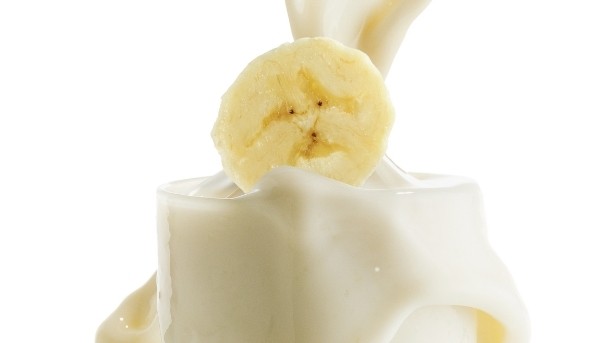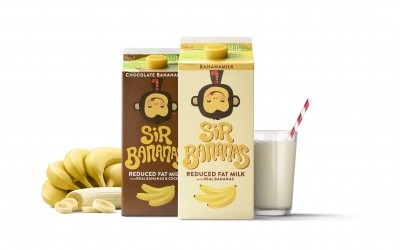New products created as demand for dairy alternatives rises

In its recent report on the dairy alternatives market, Allied Market Research states that the market is expected reach $21.7bn by 2022, registering a CAGR of 13.3% from 2016 to 2022.
The dairy alternatives industry is emerging with a growing vegan population, rising demand for plant-based milk, and innovation in flavor and sources of dairy alternatives.
So what are some of the trends in the dairy alternatives industry?
Researchers discover dairy alternatives in labs
Researchers have discovered a new way to manufacture dairy products in laboratories from milk proteins without involving animals.
These milk proteins are vegan and lactose free. In addition, this procedure creates 84% less carbon as compared to traditional methods of milk production. The products have been in refinement stages since 2014, and they are expected to be released in 2017.
A genetically-modified strain of yeast was created to turn sugar into milk proteins. Then it is added to a mixture of plant based fats, vitamins, minerals, and other nutrients that are found in cow’s milk. This method has several benefits such as 91% less land use and 98% less water.
Banana milk—a new alternative to dairy milk
Manufacturers, restaurants, and coffee shops are using banana milk, created with a blend of water and banana.
The dairy alternatives industry is undergoing disruption with the introduction of banana milk. It offers significant benefits, including the health benefits of banana and the flavor of the fruit.
The addition of external sweeteners can be avoided due to the sweetness of banana, which also makes it a natural and healthy beverage. In addition, banana is rich in potassium, which is a mineral offering health benefits.
Banana milk coffee is gaining prominence in some North American regions. This segment will gain popularity across the globe in the future, so manufacturers and restaurants should consider the possibility of including it in their portfolio.
Some manufacturers are selling banana milk in stores to make up for declining demand of cow or soy milk.
Increasing adoption of other dairy alternatives
Consumers are using milk alternatives made from almond, oat, rice, cashew, and others.
Rice is a rich source of protein and carbohydrates. Moreover, it is economical to produce. Almond milk has omega-6 fats, antioxidants and vitamin E along with less protein percentage than dairy milk.
Oat milk has only 4–5 grams of protein per serving and a high amount of soluble fiber, which is responsible for good digestion. Cashew milk is sweet and contains a high percentage of calcium and protein.
In addition, these products also eliminate the need to digest the milk sugar lactose, so people with trouble digesting lactose can explore these alternatives. On the other hand, some people are also allergic to milk proteins.
Growing preference for coconut milk
Coconut milk is a rich source of vitamins and minerals, offering enormous benefits to health. There are several reasons for the increasing popularity of coconut milk such as low calorie content, low cholesterol, weight loss, assistance in managing arthritis, and others.
Vegan milk alternatives hit the markets
In addition to people turning vegan due to health concerns and changing lifestyle preferences, there are others choosing vegan alternatives due to allergies to milk, soy, and other products.
Manufacturers are developing dairy-free options with low sugar content, high protein, and delicacy.
Dairy-free ice-cream has also gained prominence with a wide array of flavors and ingredients used such as almonds and cashews.
The growth in sales of non-dairy products means manufacturers need to increase their product portfolio with introduction of vegan milk alternatives.
Article supplied by Allied Market Research, a global market research and business consulting wing of Allied Analytics LLP, based in Portland, Oregon.












